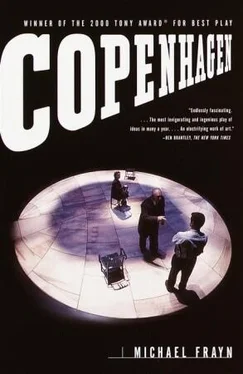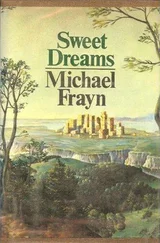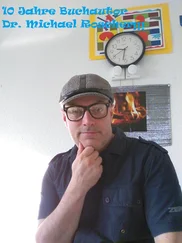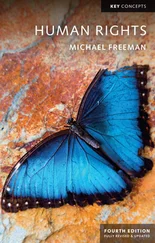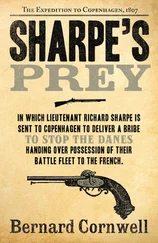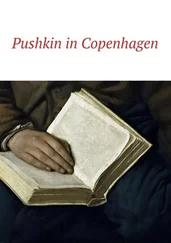If, if, if.… The line of ifs is a long one. It remains just possible, though. The effects of real enthusiasm and real determination are incalculable. In the realm of the just possible they are sometimes decisive.
*
Anyone interested enough in any of these questions to want to sidestep the fiction and look at the historical record should certainly begin with:
Thomas Powers: Heisenberg’s War (Knopf 1993; Cape 1993)
David Cassidy: Uncertainty: The Life and Science of Werner Heisenberg (W H Freeman 1992)
Abraham Pais: Niels Bohr’s Times (OUP 1991) — Pais is a fellow nuclear physicist, who knew Bohr personally, and this, in its highly eccentric way, is a classic of biography, even though Pais has not much more sense of narrative than I have of physics, and the book is organised more like a scientific report than the story of someone’s life. But then Bohr notoriously had no sense of narrative, either. One of the tasks his assistants had was to take him to the cinema and to explain the plot to him afterwards.
Werner Heisenberg: Physics and Beyond (Harper & Row 1971) — In German, Der Teil und das Ganze . His memoirs.
Jeremy Bernstein: Hitler’s Uranium Club, the Secret Recordings at Farm Hall , introduced by David Cassidy (American Institute of Physics, Woodbury, New York 1996)
or the British edition of the transcripts:
Operation Epsilon, the Farm Hall Transcripts , introduced by Sir Charles Frank. (Institute of Physics Publishing 1993)
Also relevant:
Heisenberg: Physics and Philosophy . (Penguin 1958)
Niels Bohr: The Philosophical Writings of Niels Bohr (Oxbow Press, Connecticut 1987)
Elizabeth Heisenberg: Inner Exile (Birkhauser 1984) — In German Das politische Leben eines Unpolitischen . Defensive in tone, but revealing about the kind of anguish her husband tended to conceal from the world; and the source for Heisenberg’s ride home in 1945.
David Irving: The German Atomic Bomb (Simon & Schuster 1968) — in UK as The Virus House (Collins 1967). The story of the German bomb programme.
Paul Lawrence Rose: Heisenberg and the Nazi Atomic Bomb Project (U of California Press 1998)
Records and Documents Relating to the Third Reich, II German Atomic Research, Microfilms DJ29-32 . (EP Microform Ltd, Wakefield) living’s research materials for the book, including long verbatim interviews with Heisenberg and others. The only consultable copy I could track down was in the library of the Ministry of Defence.
Archive for the History of Quantum Physics , microfilm. Includes the complete correspondence of Heisenberg and Bohr. A copy is available for reference in the Science Museum Library. Bohr’s side of the correspondence is almost entirely in Danish, Heisenberg’s in German apart from one letter.
Leni Yahil: The Rescue of Danish Jewry , (Jewish Publication Society of America, Philadelphia 1969)
There are also many interesting sidelights on life at the Bohr Institute in its golden years in:
French & Kennedy, eds: Niels Bohr, A Centenary Volume (Harvard 1985)
and in the memoirs of Hendrik Casimir, George Gamow, Otto Frisch, Otto Hahn, Rudolf Peierls, and Victor Weisskopf.
For the subsequent challenges to the Copenhagen Intepretation:
David Deutsch: The Fabric of Reality (Allen Lane 1997)
Murray Gell-Mann: The Quark and the Jaguar (W H Freeman 1994; Little, Brown 1994)
Roger Penrose: The Emperor’s New Mind (OUP 1989)
The actual ‘two-slits’ experiment was carried out by Dürr, Nonn, and Rempe at the University of Konstanz, and is reported in Nature (3 September 1998). There is an accessible introduction to the work in the same issue by Peter Knight, and another account of it by Mark Buchanan (boldly entitled ‘An end to uncertainty’) in New Scientist (6 March 1999).
Overleaf: a diagram outlining Copenhagen ’s scientific and historical background.
From the beginning of modern atomic theory to Hiroshima: an outline sketch of the scientific and historical background to the play.
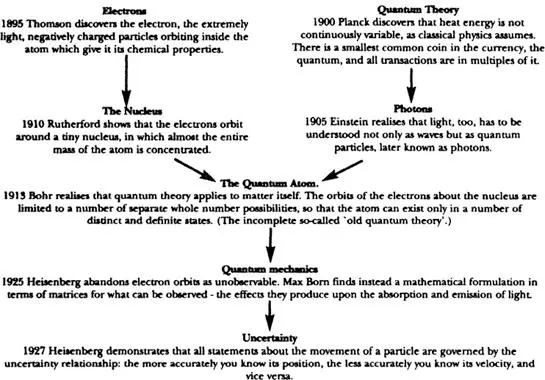
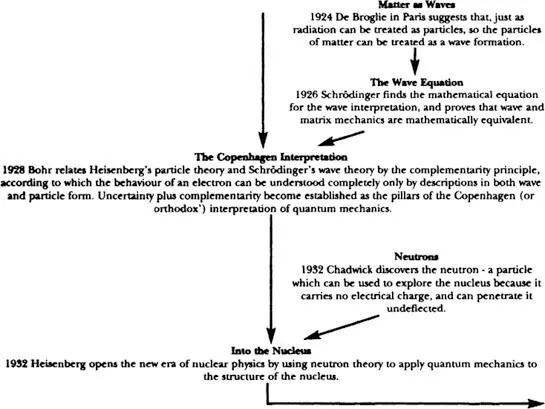
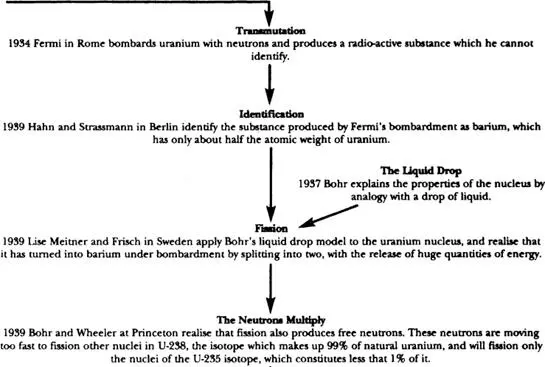
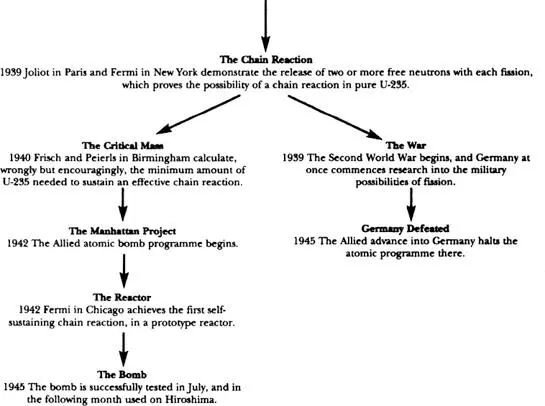
1Bernstein takes the trouble to explain in his book what few other commentators do — the difference between slow and fast neutrons: ‘By definition, slow neutrons move with speeds of the order of a few kilometers a second, about the speeds that molecules at room temperature move in a gas. That is why these neutrons are also referred to as thermal. Fast neutrons, the kind that are emitted in many nuclear processes, move at speeds of tens of thousands of kilometers a second.’
